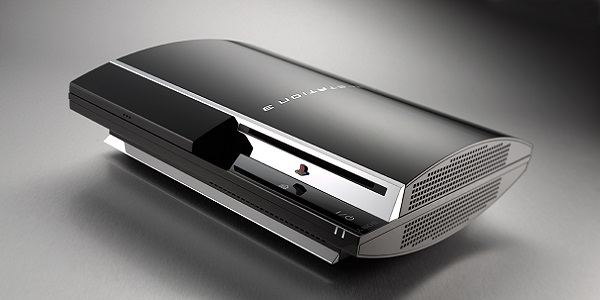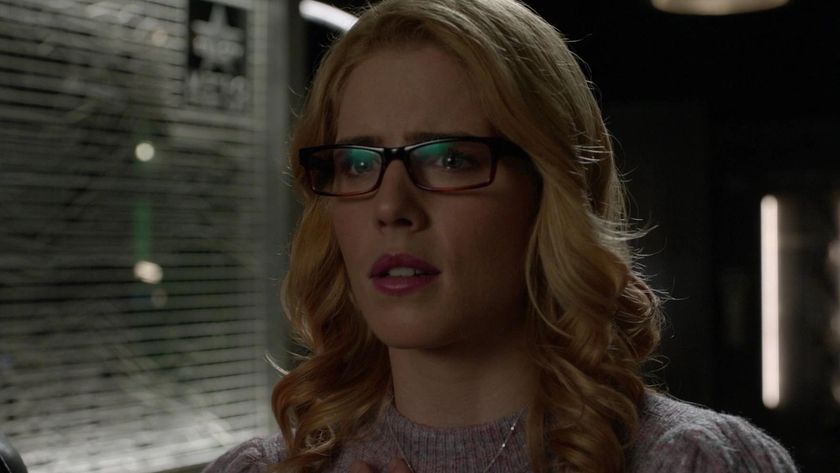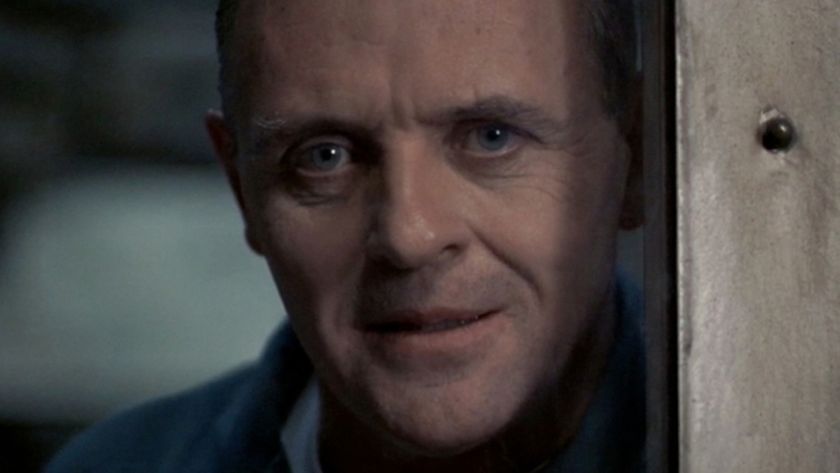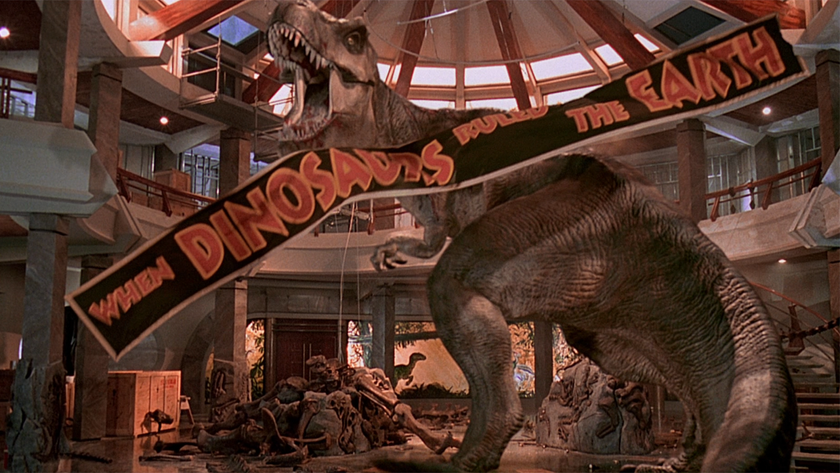Scientist Is Using PS3 To Study Black Holes

Who says that PlayStation 3’s are just for playing games or watching Netflix? University of Massachusetts Dartmouth physics professor Dr. Gaurav Khanna, for instance, is using a whole bunch of the consoles networked together in order to study black holes.
When I heard about this story, my first thought was, “Hey, wasn’t the Air Force doing something similar to this back in 2010?” They were, actually, but it turns out that’s all because someone working at the Air Force Research Laboratory in New York heard about Dr. Khanna’s PS3 experiments from a year prior and decided that building their own supercomputer out of the consoles was a great idea.
According to this latest story from The New York Times, Dr. Khanna’s PS3 projects have grown over the years, garnering the attention of quite a few students on campus. Buzz has been building around campus since 2007, when this black hole physicist decided to network 16 consoles together in order to conduct some research.
Considering the fact that a physics professor wanted to link a whole bunch of game consoles together to study black holes, Dr. Khanna had his work cut out for him in the early goings. He apparently reached out to Sony first, who donated a quarted of consoles to the cause. Another four were provided by the university, with Dr. Khanna buying the final four himself. They were all linked together and set up to run Linux (back when that was still allowed) and, booya, instant supercomputer at a fraction of the cost.
While most folks use their PlayStation 3 to kill terrorists in Call of Duty, overthrow Zeus in God of War or just binge on random Hulu shows, Dr. Khanna used his collection of machines to find and study gravitational waves. Sadly, black holes are basically impossible to study through conventional means and, with less money being funneled into the sciences, funding a project to study this type of stuff is extremely difficult. So Dr. Khanna decided to build a supercomputer of his own at a fraction of the cost and, thus, simulate experiments and calculations on a scale that regular computers could never keep up with. According to the original story, the whole shebang cost just a tenth of what a regular supercomputer would run, making this one of the most powerful gaming rigs in the world.
Unfortunately, all of that money saving comes with a small cost of its own, namely the fact that the PS3(while great for playing The Last of Us) has some extremely limited memory. In other words, Dr. Khanna has himself a rad supercomputer setup, but not one that can do everything his research demands. His next stop will be PC graphics cards, apparently, with plans for his next supercomputer project already in motion.
But here’s my question: Will this new PS3-less supercomputer be able to run Destiny or Shadow of Mordor? No? Then is it really all that “super?”
CINEMABLEND NEWSLETTER
Your Daily Blend of Entertainment News
Staff Writer for CinemaBlend.

After Watching Final Destination: Bloodlines' CinemaCon Footage, I'm Getting The Sense It May Be The Best Sequel In The Horror Franchise Yet

Superman Just Showed An Extended Look At CinemaCon, And I Absolutely Love What The DC Blockbuster Is Doing With Krypto The Superdog

Emily Bett Rickards Is Down To Return As Felicity In An Arrow Revival, And I Love Her Reason Why









